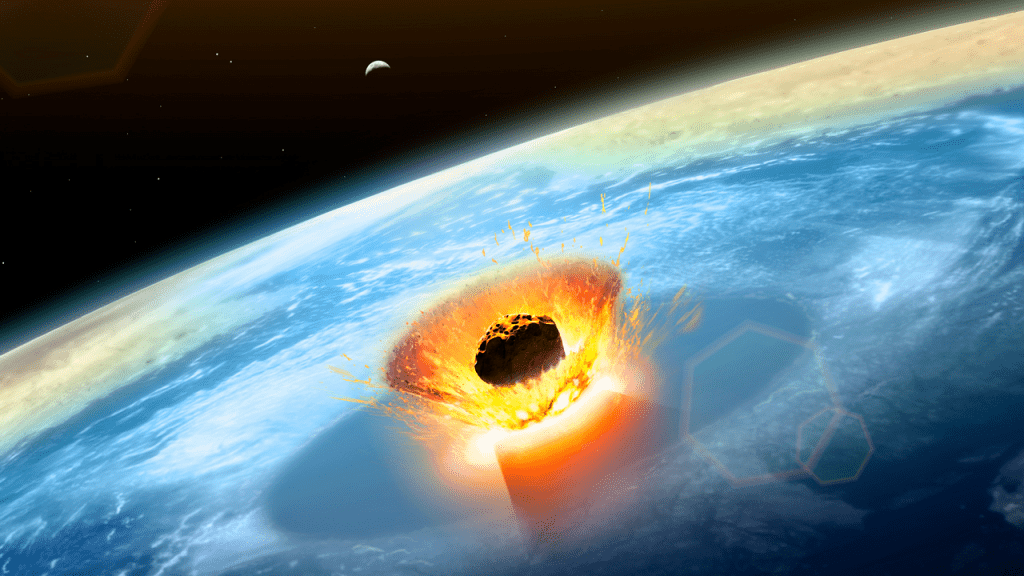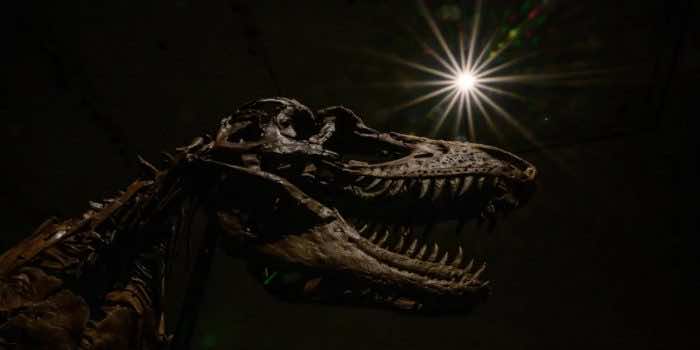A team that was working on the consequences of the asteroid impact that caused the demise of the dinosaurs 66 million years ago says that the collision also created a global tsunami that destroyed coastlines from North America to New Zealand.
They researched archaic sediments from more than 100 sites around the world, to see how huge waves resulting from the impact may have affected the geological record. They publicly shared their work at the American Geophysical Union in 2018. It got published this week in the journal AGU Advances.
“This tsunami was strong enough to disturb and erode sediments in ocean basins halfway around the globe, leaving either a gap in the sedimentary records or a jumble of older sediments,” said Molly Range, a paleoceanographer at the University of Michigan and lead author of the study, in a university release.
In the Late Cretaceous, dinosaurs like Edmontosaurus, Triceratops, and Tyrannosaurus were still alive. The asteroid killed over three-quarters of life on Earth—among the survivors were the ancestors of modern birds and humans.
Range’s team looked at the geological layers associated with the asteroid’s impact and immediate aftereffects, known as the K-Pg (Cretaceous-Paleogene) boundary. They then compared the actual distributions of sediment at 120 K-Pg boundaries around the world to a model they built to reconstruct the massive waves the Chicxulub asteroid may have caused.
The team modelled the tsunami propagation in two stages: the first model estimated the immediate waves from the impact event, and the second modelled how the tsunami emanated from the source on a global scale. The results demonstrated that about 2.5 minutes after the asteroid impact, a wall of water 2.8 miles high was pushed outward from the source.
Four hours after the Chicxulub impact, the tsunami waves would have made it into the Pacific Ocean via the Central American Seaway. A day after the impact, tsunami waves going across the Atlantic and Pacific would have arrived in the Indian Ocean.

Co-author Brian Arbic, a physical oceanographer at the University of Michigan, stated that the geological record was aligned with what the model estimated would be the most severely damaged sediments in the ocean.
There is still room for some research before this can be confirmed with certainty. They didn’t look at coastal flooding that may have been caused by the tsunami. Perhaps if palaeontologists find fossils of dinosaurs that appear to have died by drowning, the idea will have even more surety.


